2025 Top 5 Sliding Door System Innovations You Need to Know
In the ever-evolving landscape of architectural design, the sliding door system has emerged as a quintessential element that harmonizes functionality with aesthetic appeal. As industry expert John Anderson, a renowned architect specializing in innovative entry solutions, aptly states, "The sliding door system not only maximizes space but also enhances the flow of natural light, making it indispensable for modern living." This statement underscores the significance of staying abreast of the latest advancements that are revolutionizing this vital component of our built environment.
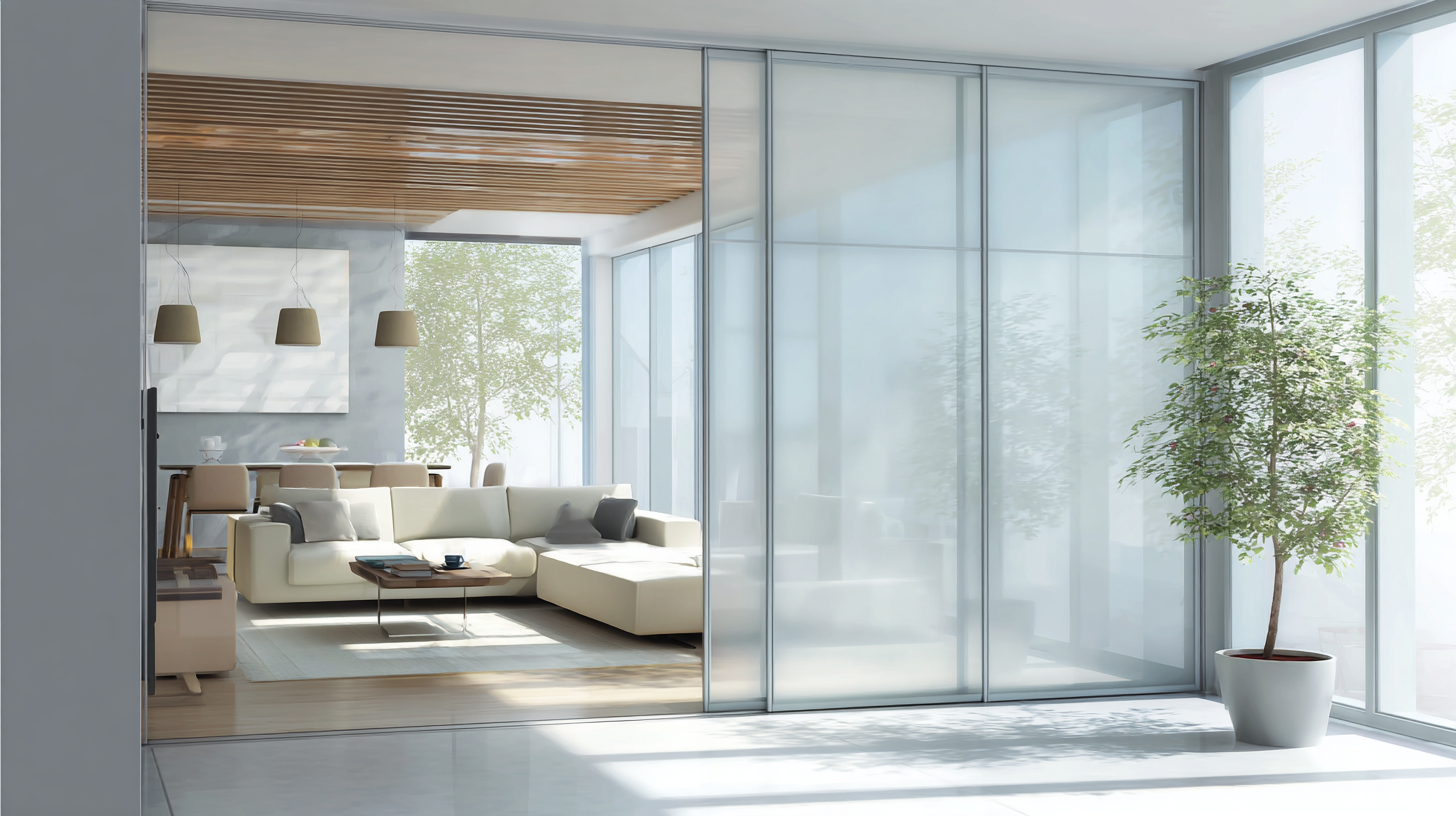
As we look toward the future, the year 2025 promises to unveil groundbreaking innovations in sliding door systems that will redefine our spaces. From advancements in materials that ensure durability and energy efficiency to smart technology integrations that enhance user experience, these innovations are pivotal in shaping how we interact with our homes and offices. This article will delve into the top five sliding door system innovations that will not only elevate architectural design but also cater to the evolving needs of users.
Join us as we explore these transformative solutions, offering insights and applications that will inspire both designers and homeowners alike. With each innovation, the sliding door system continues to assert its position as an essential element in contemporary architecture, paving the way for a more connected and stylish living experience.
Emerging Trends in Sliding Door Materials: Durability and Sustainability Data
Emerging trends in sliding door materials are increasingly focused on durability and sustainability. As consumers become more environmentally conscious, manufacturers are innovating to create sliding door systems that not only enhance aesthetics but also reduce environmental impact. New materials, such as recycled metals and sustainably sourced woods, are being integrated into the designs, ensuring that these systems can withstand the test of time while maintaining eco-friendliness.
When selecting sliding doors, consider the long-term benefits of choosing materials with low carbon footprints. For instance, opting for aluminum or high-quality composites can lead to reduced maintenance costs due to their resilience against weather conditions. Another tip is to ensure that the sliding doors are fitted with energy-efficient glazing, which not only enhances thermal insulation but also contributes to energy savings.
Additionally, the advancements in manufacturing technologies are enabling the production of sliding doors that are not only strong and durable but also lightweight. This shift allows for easier installation and operation, making them a practical choice for both residential and commercial spaces. Homeowners and builders alike should keep an eye on these innovations, as they represent a significant leap towards more functional and sustainable architectural elements.
Smart Technology Integration in Sliding Doors: Key Features and Market Statistics
The integration of smart technology in sliding door systems is reshaping the market landscape. As we approach 2025, innovations in propulsion technologies, including electric and internal combustion engines (ICE), are becoming increasingly prominent. The Power Sliding Door System Market is expected to witness significant growth, driven by advancements in components like electric motors and electronic control units, which enhance operational efficiency and user experience. This surge is reflective of a broader trend towards automation and smart features in home and commercial infrastructure.
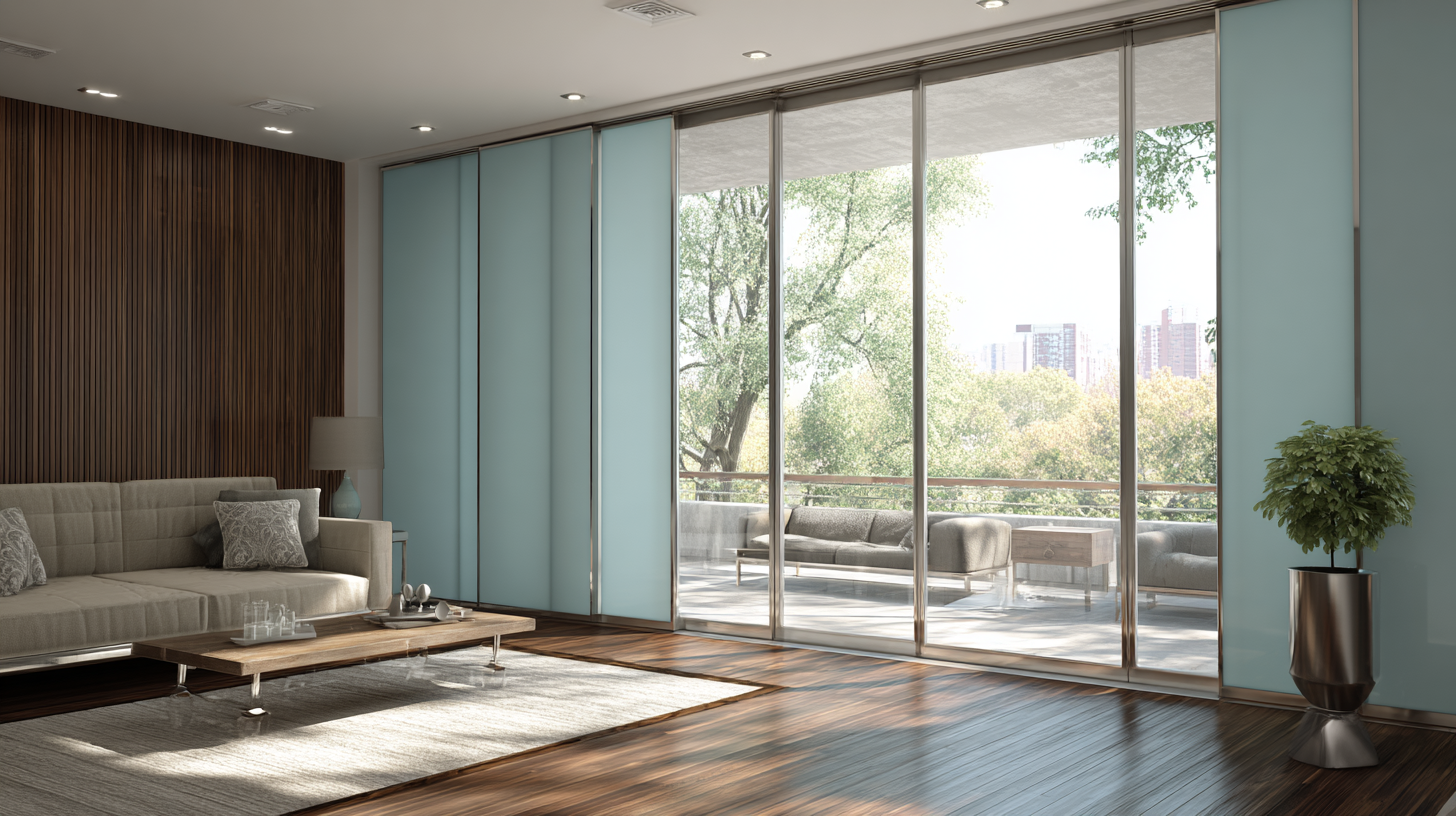
In North America, the doors market is forecasted to expand from USD 41.01 billion in 2025 to USD 57.13 billion by 2033, illustrating a compound annual growth rate (CAGR) of 4.23%. This growth is largely attributed to rising consumer demand for energy-efficient and technologically integrated solutions. Additionally, the Invisible Hinges Market, estimated at USD 1.3 billion in 2024, is projected to grow, highlighting a trend towards aesthetics and functionality in door designs. Market players are keen to innovate, focusing on personalized solutions that cater to the evolving needs of consumers within the smart technology landscape.
Enhanced Security Features in Sliding Door Systems: Analyzing Industry Innovations
In the evolving landscape of sliding door system innovations, enhanced security features are taking center stage. With the global market for security systems experiencing significant growth, the focus on improving access control through advanced technologies is crucial. For instance, the demand for password door locks is on the rise as smart home integration and Internet of Things (IoT) advancements continue to reshape security protocols. Analysts project a burgeoning market in this sector, as homeowners increasingly prioritize sophisticated security measures.
The sliding door system market is not far behind in embracing these innovations. The global market for door hardware is expected to witness substantial growth, with the North American doors market projected to expand from USD 41.01 billion in 2025 to USD 57.13 billion by 2033, reflecting a compound annual growth rate (CAGR) of 4.23%. This growth signifies a broader trend towards enhanced functionality and security in residential and commercial properties, where sliding door systems play a crucial role in both aesthetics and safety. As these innovations continue to emerge, industry stakeholders are keen to stay ahead of the curve in adopting the latest technologies for better security solutions.

Energy Efficiency Standards for Sliding Doors: Regulatory Impacts and Facts
The regulatory landscape for sliding doors is evolving rapidly, particularly in the context of energy efficiency standards. As building codes become more stringent, manufacturers are under increasing pressure to design sliding door systems that minimize energy loss. This shift not only impacts the types of materials and technologies used in production but also encourages innovation in design for improved thermal performance. For instance, new multi-chamber frame structures and low-emissivity (Low-E) glazing are becoming standard features to help achieve compliance with the latest energy regulations.
The push for higher energy efficiency in sliding doors also has significant implications for construction projects and renovations. By adhering to the updated standards, homeowners and builders can leverage incentives such as tax credits and rebates, which further boost the attractiveness of energy-efficient sliding door options. Additionally, with increased awareness of environmental impacts, consumers are now more inclined to invest in sustainable solutions that reduce energy consumption and enhance indoor comfort. Thus, staying informed about these standards is essential for industry stakeholders aiming to meet market demand while navigating regulatory challenges effectively.
User-Centric Design Innovations in Sliding Door Systems: Customer Preferences Survey Insights
The recent surge in user-centric design innovations within sliding door systems underscores the importance of understanding customer preferences. As survey insights reveal, consumers are increasingly seeking customizable options that enhance both functionality and aesthetics. This shift in demand has prompted manufacturers to invest in research and development, leading to the creation of systems that not only improve usability but also integrate seamlessly into various architectural styles.
Moreover, the business value of design has become a critical factor in determining market success. Companies that prioritize innovative design strategies often experience significant growth, achieving revenue and shareholder returns that are nearly double their competitors. By focusing on the unique needs and preferences of users, sliding door system manufacturers are not only elevating their products but also strengthening their brand loyalty and market position. The alignment of design innovation with customer expectations is set to redefine the landscape of sliding door systems in 2025 and beyond.
2025 Top 5 Sliding Door System Innovations You Need to Know
| Innovation | Key Features | User Preferences (%) | Sustainability Rating |
|---|---|---|---|
| Smart Automation | Remote control, voice activation, smartphone integration | 75% | High |
| Enhanced Security | Reinforced frames, smart locks, real-time monitoring | 68% | Medium |
| Sleek Aesthetics | Minimalist designs, customizable finishes | 82% | Low |
| Energy Efficient Glazing | Low-emissivity glass, thermal insulation | 70% | High |
| Self-Cleaning Options | Hydrophobic coatings, dirt-repellent surfaces | 65% | Medium |
Related Posts
-
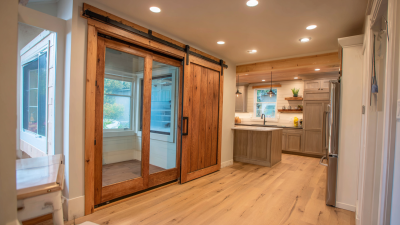
What is the Innovation Behind Sliding Door Systems
-
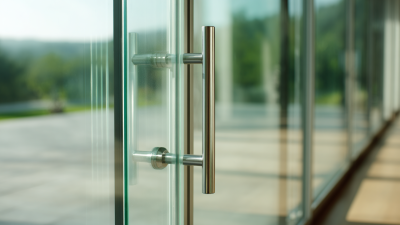
7 Essential Tips for Choosing the Best Sliding Glass Door Handles
-
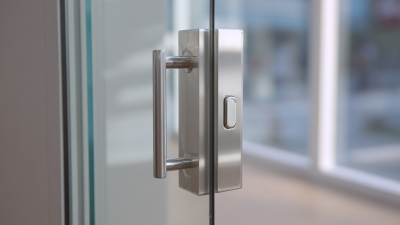
Exploring Innovations in Sliding Glass Door Handles at the 138th Canton Fair 2025
-
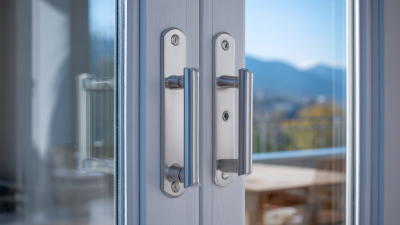
How to Choose the Right Sliding Glass Door Handles for Your Home
-

Transforming Spaces with Innovative Sliding Door Systems for Modern Living
-
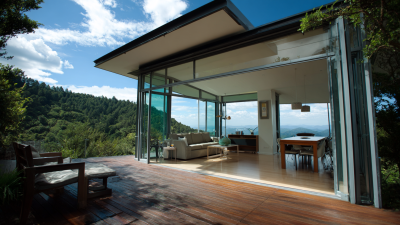
Exploring the Benefits of Sliding Glass Doors for Modern Homes and Outdoor Spaces
